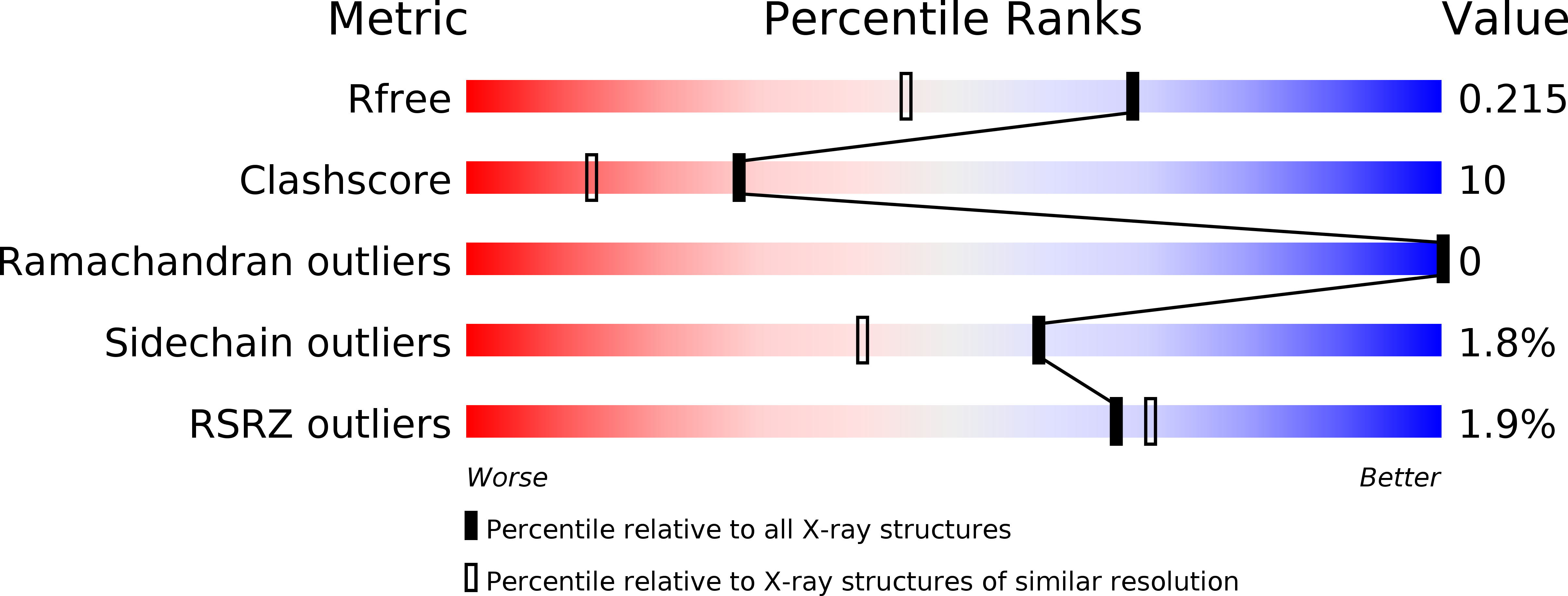
Deposition Date
2009-07-22
Release Date
2009-11-10
Last Version Date
2024-10-30
Entry Detail
PDB ID:
3IE5
Keywords:
Title:
Crystal structure of Hyp-1 protein from Hypericum perforatum (St John's wort) involved in hypericin biosynthesis
Biological Source:
Source Organism:
Hypericum perforatum (Taxon ID: 65561)
Host Organism:
Method Details:
Experimental Method:
Resolution:
1.69 Å
R-Value Free:
0.20
R-Value Work:
0.17
R-Value Observed:
0.17
Space Group:
P 21 21 21


